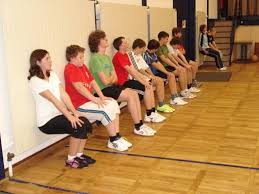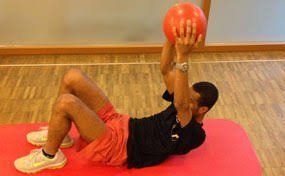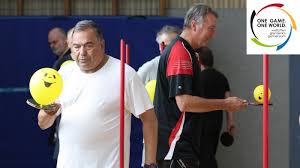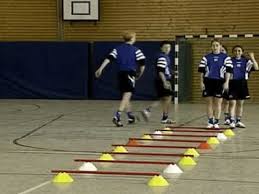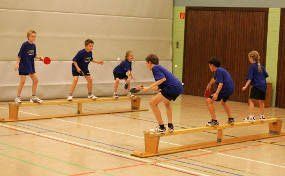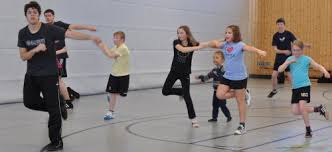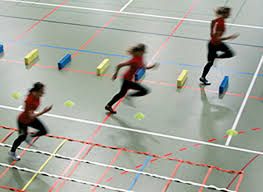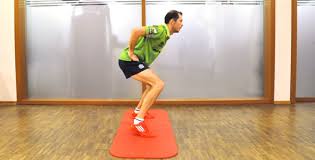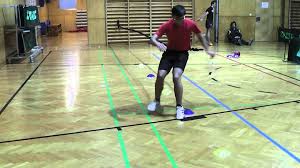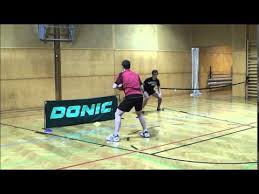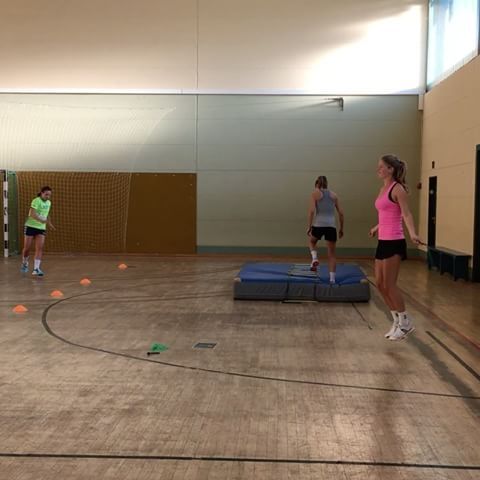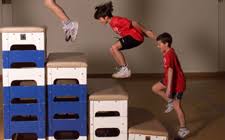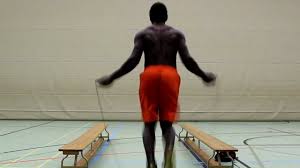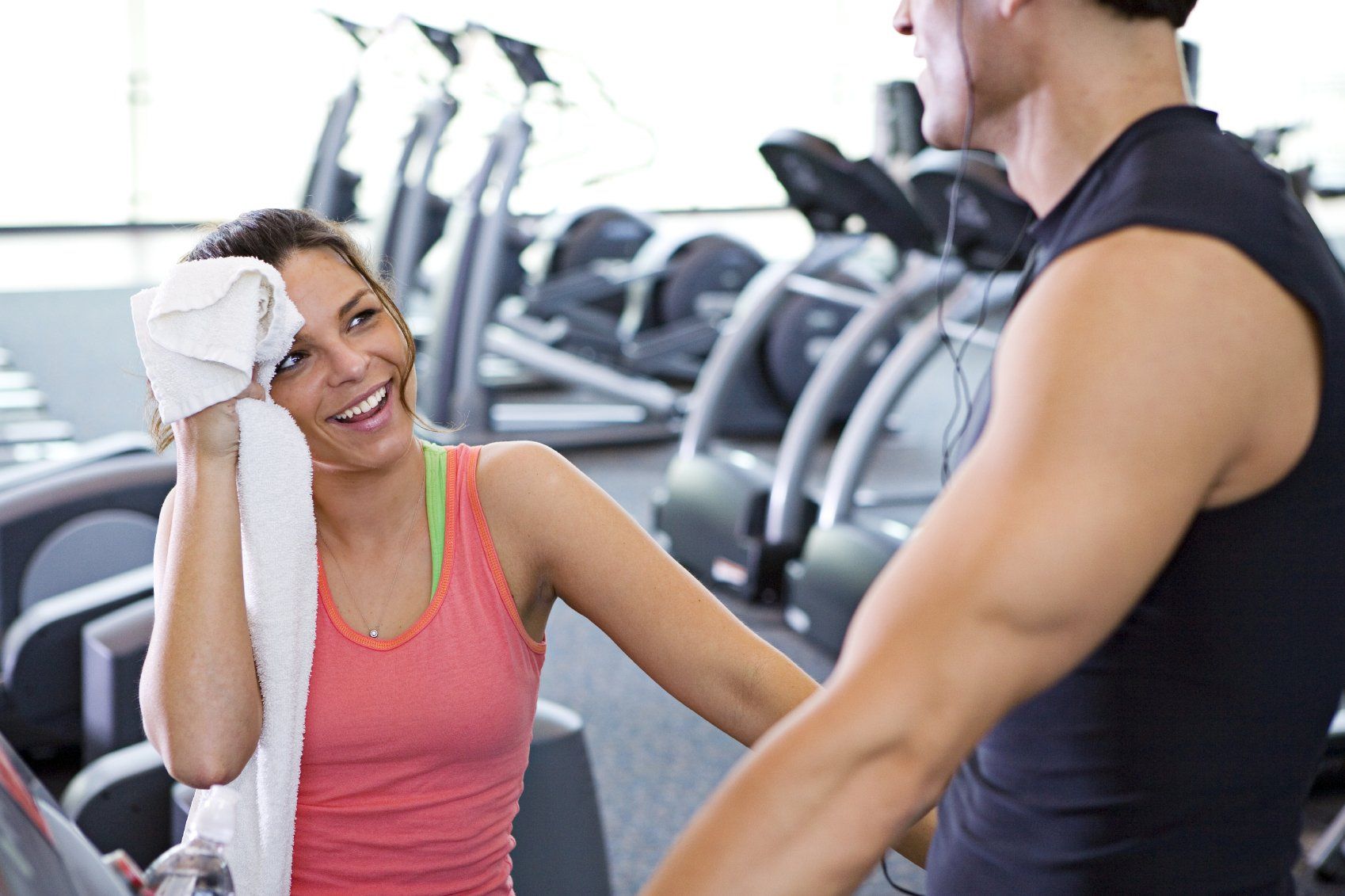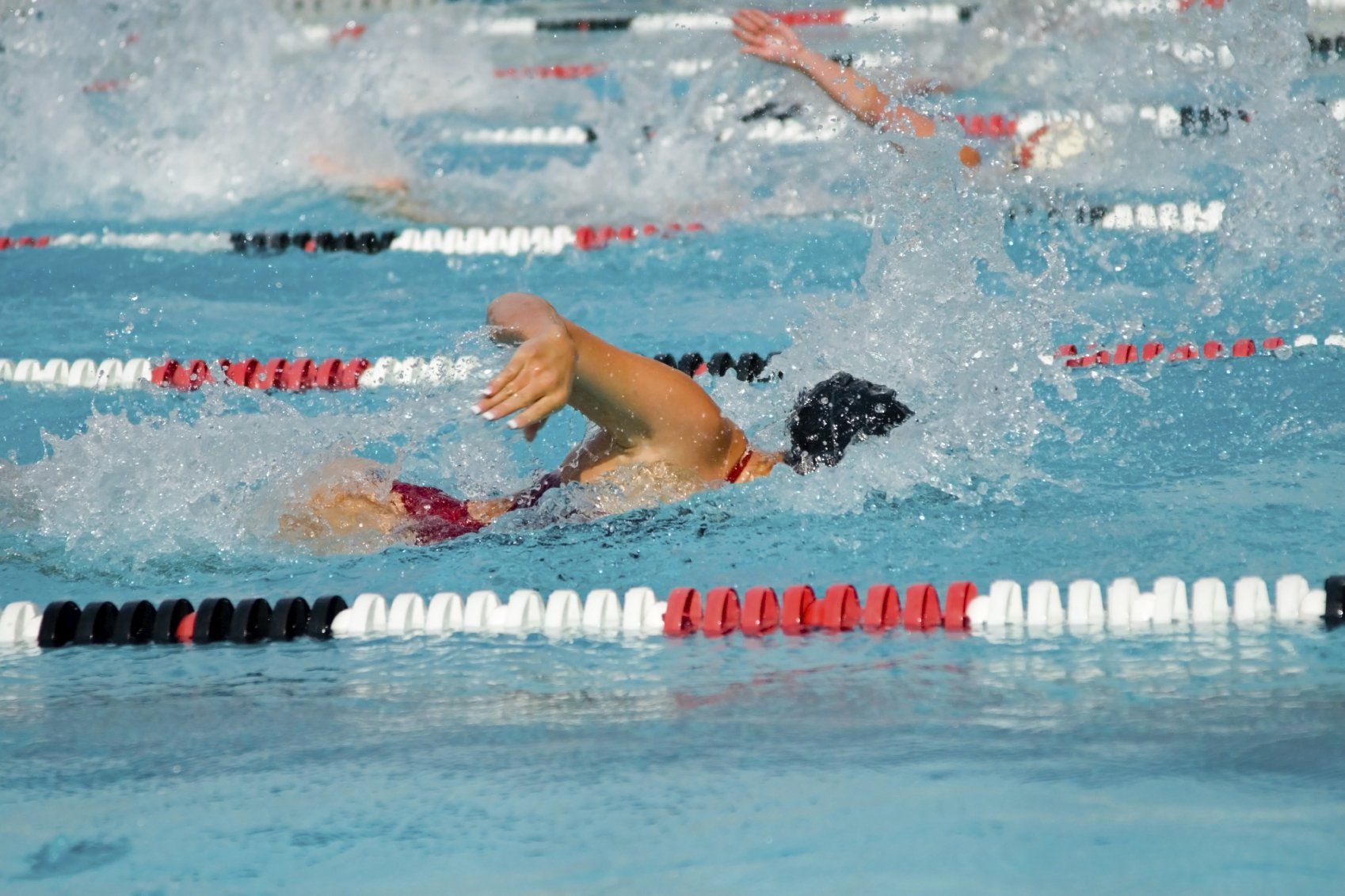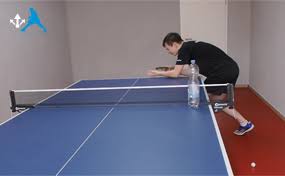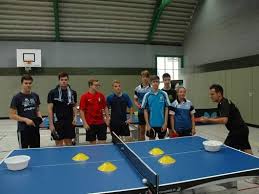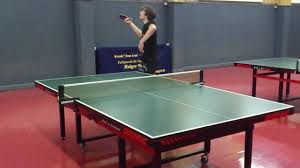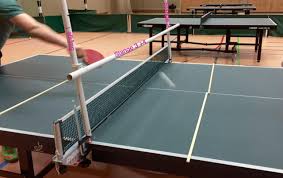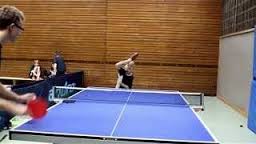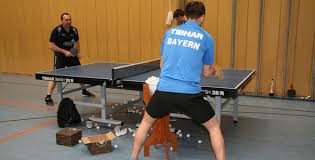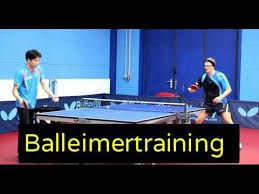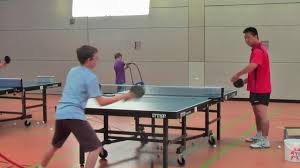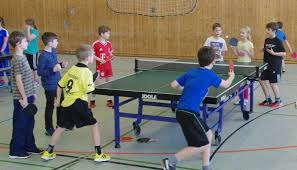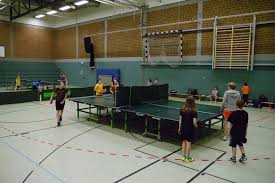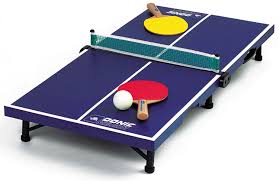Training tips for young and "old"
Strength training
should be an element that every player should use in their weekly plan. It does not matter whether you want to increase the muscles of the arms
and chest
with a side or push-up support, or whether a medicine ball is used for various exercises to strengthen the upper body
. The wall-sitting is a good way to strengthen
the thigh muscles
and just to test the stamina and will of a player. Especially the training for the abdominal and back muscles
is often neglected and leads in athletes again and again to significant injuries and limitations that can be easily avoided.
Coordination training
takes place in many clubs hardly or not at all. The notion that learning to practice our sport is not just about practicing punches and movements on the table, but that there are many different exercises to improve performance away from the table is not that old. It does not matter if it's a ball practice, a quick legwork
with lots of small steps (jumps) and variations or balance training
- all of these exercises (and many more) are justified in learning our beautiful sport. You will see that a holistic training
will advance the player not only physically, but also playfully.
Speed training
is one of the most exhausting but, of course, essential parts of every workout. Short sprints
in the sense of a relay or line run
are often welcome in training, especially if a competitive character can be generated. Tappings, which are made from the basic position and which are usually interrupted by a certain signal in favor of a certain speed exercise (eg shadow training), serve as another great way to increase the speed of action. Sidesteps, which are still the most commonly used legwork technique in table tennis for bridging middle distances, just like the other exercises, can be done alone and are so well suited to training them anytime and almost anywhere.
jump training
Jump training
is an important component in table tennis training. Here you can vary the training greatly. Whether with closed legs
sprancing or on one leg, here can easily be done training for the bounce. Especially the rope jumping
offers to it. A "speed rope"
helps especially here to complete quick and small jumps. Even jumping over benches or boxes
can be carried out without problems in each training session. The same applies to jumping on a soft floor mat, which of course is particularly tiring, but also effective. Anyone who has a staircase
at home, can always train the bounce. Jump up and down the stairs every morning before school or work, and the first training of the day is already done.
Endurance training
serves as a basis to play TT successfully and to have enough perseverance especially for longer competitions. The best is a steady change. If you are logged into the gym
(or have devices at home), there are training sessions on the stepper
or crosstrainer
a
good start to strengthen your condition. Swimming, cycling
or running
are other traditional sports where you can take a break from everyday life, and depending on the season, weather and time availability you can lay as you like, without a training partner is required. This type of training should be considered for an overall positive physical condition.
surcharge training
Shock training
should be part of basic training for every player. A blow that your opponent can not influence can not be found in table tennis twice. So here should be a significantly increased attention. Every player should master different rotations
, as well as a variation between fast and slow, as well as short, half-length and long serves. This can be practiced using placement caps
(or any other material that does not fly away), and reducing the field to be hit a little at each success to maintain a high standard. A high ball throw
on serve is rare - all the more a good reason to practice it to confuse the opponent and get a higher spin in the serve. Height- limiting
bars are easy to assemble and offer a good objective way to check the quality of the ball in each serve training.
Bale glue training
is one of the most effective variations of the training. Here, the trainer can work with one (or two) players on their weaknesses and strengths and interrupt them again and again, if technical processes do not meet the expectations. The only disadvantage of
the training is that here either a coach must be turned off (often is "only" a trainer in the hall), or at least play strong- or trained in Balleimertraining players must be present in order to work here effectively and effectively , However, if some players are available as a help in child or youth training, this is a great way of training.
Game forms
such as concentricity have
enjoyed great popularity for ages and are a great way to let multiple players compete against each other in a competition. Here you can also (depending on the number of players) follow a task after each stroke (one push-up, two squat jumps) to bring in the physical component a little more. The giant round
with four tables and bands (or other elevations) pushed together in the middle as a net substitute also leads to a high level of enthusiasm and is also conditionally demanding. The mini table
is just for those with a lot of ball feeling and patience a nice change in the training routine
. The same applies to the course, where the trainer can create both physically challenging tasks, which are then mixed eg with skill and balance exercises and thus give a mix of tasks.

